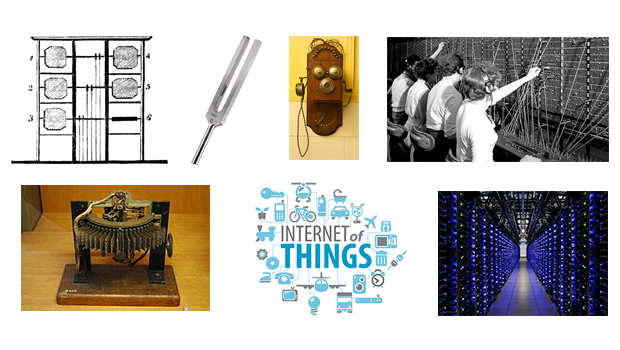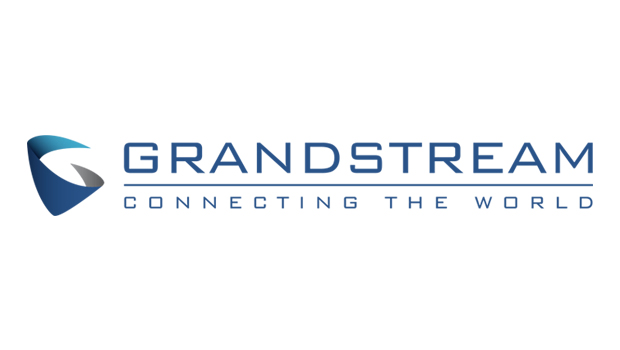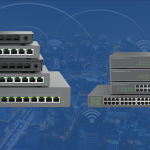What are you going to do when POTS and ISDN are phased out?
Almost all devices now are IP Switched computers rendering the need for analog devices broadly redundant. The growth of Android and with it other free and paid for apps it is only natural to say goodbye to traditional communication platforms. Moreover many of the practices will remain the same, only replaced with hybrid solutions (upgradable and non upgradable) instead of cumbersome difficult to update and scale technology.
Connecting to the IP Network and taking advantage of its infrastructure, speed, flexibility, quality and development has been a steady work in progress. Initially the value of VoIP was revealed through analogue interfaces connecting to the IP network through Analog Telephone Adapters, IP Gateways, and BRI/PRI ISDN Cards. Its wide adoption is a result of Session Initiation protocol (SIP) among its dependencies.
The major savings were realised via least cost routing practices and the best total cost of ownership for your VoIP system by choosing the most suitable hardware and most competitive call minute tariffs from the providers available.
Telephone systems nowadays predominantly operate over data networks so there is no dedicated public telephone system as we have seen in the past. SIP Traffic is simply passed through the data network with everything else. Frequently it is referred to as the Public Service Network (PSN) as the signalling processes, hardware and software have been migrated to digital systems.
We have already experienced the move to digital television systems and with it effective, efficient smart technologies facilitating Video on Demand deployment and management. The major difference is that even with digital telephone calls, they can still travel over analog lines in their path to the final destination.
To reduce the disruptive nature of such migrations the public need to be informed of any changes before they are carried out. Below are some of the things that you may experience in the event of POTs and ISDN and with it PSTN service being removed to varying degrees of speed depending on the culture of the environment.
- BT have announced their intention to shut off ISDN supported lines by 2025. As a result, ISDN based systems will not be purchasable in the coming years, in expectation of their technological equivalents as innovation progresses.
- Major providers campaigning about the move 6 months to a year before its termination and the new boxes and brands likely to be replaced.
- Connection to PSTN services steadily being retired once major providers have the analytics on its use to decide feasibility of how to shut it off thereby making way for fiber optic / wireless equivalent connections.
- Surge in provision for training contracts in response to the increased need for technically certified installers for mass deployment.
- Further interest into enterprise carrier security systems as the communications landscape evolves.
- Increase in UC application integration at the hardware and software levels for Software packages and boxed solutions as standard communication practices across enterprise become more streamlined and accessible.
- As fibre moves closer to the user through the combinations of wired and wireless practices the use of copper wire configurations in the connectivity process will be heavily reduced resulting in dependant power saving reductions and wider user coverage as the extra bandwidth delivery brings down costs dramatically.
- Auto Provisioning and configuration applications reducing the need for certification knowledge reducing the time to deploy and get using product
- Rise in the use of Over the Top Services (OTT) in the shape of softphone applications throughout the migration process as widespread broadband deployment allows for this.
- Reduced hardware use for communication processes as a result of Cloud hosted data or Software as a Service (SaaS).
- Heavy Reduction in the purchase of BRI/PRI Cards and hybrid systems using both card types particularly in UK VoIP Space.
- Wireless headset opportunities increasing as less hardware required on premises as a result of Software as a Services compatibility and server scalability combining.
- Steady interest and growth of cloud hosted systems.
- Standardisation across SIP setup practices so it’s easier for vital communication networks to be set up without any special forms i.e emergency services.
- Wider interest and adoption of SIP basics across all working environments as it becomes a minimum requirement for all using modern telephone systems.
Alternative System Recommendations
- Sangoma FreePBX – PRI based digital connection to SIP using FreePBX open source projection foundation – Compatible with Zero Touch Configuration Sangoma IP Phone Models S300 (2 SIP Accounts) S500 (4 SIP Accounts) S700 (6 SIP Accounts)
- Digium Switchvox UC IP PBX – Fully Digital Implementation
- Cloud Hosted Systems – A Cloud Hosted PBX provides all of the functionality you would expect from an on premise one except its held in a data centre instead.
- Session Border Controllers – ie Sangoma SBC’s – Specifically manufactured as a Firewall for SIP traffic as standard firewalls do not identify or protect SIP platforms.
- Media Phones – Gigaset / Akuvox
- Door Entry Systems – 2N
- Premium Technical Support to reduce deployment time and speed up education process.
Conclusion
As SIP adoption across its various applications continues gradually there will be no need for the PSTN as we know it. However education of newer fibre only SIP system implementation is imperative to a smooth transition which can be a slow process. The speed of deployment is dependant on your networking experience, understanding of available resources on the internet and their application. The changing state of legislation governing security solutions for providers certification, and the turbulent area of privacy maintenance across business negotiation is likely to impact customers habits and involvement at all levels of communication practice.
Share this story with your friends or work colleagues. If you want to stay up to date with our latest products, industry news and offers you can sign up to our monthly newsletters, keep up to date with us on Facebook or follow us on twitter @VoIPon.








